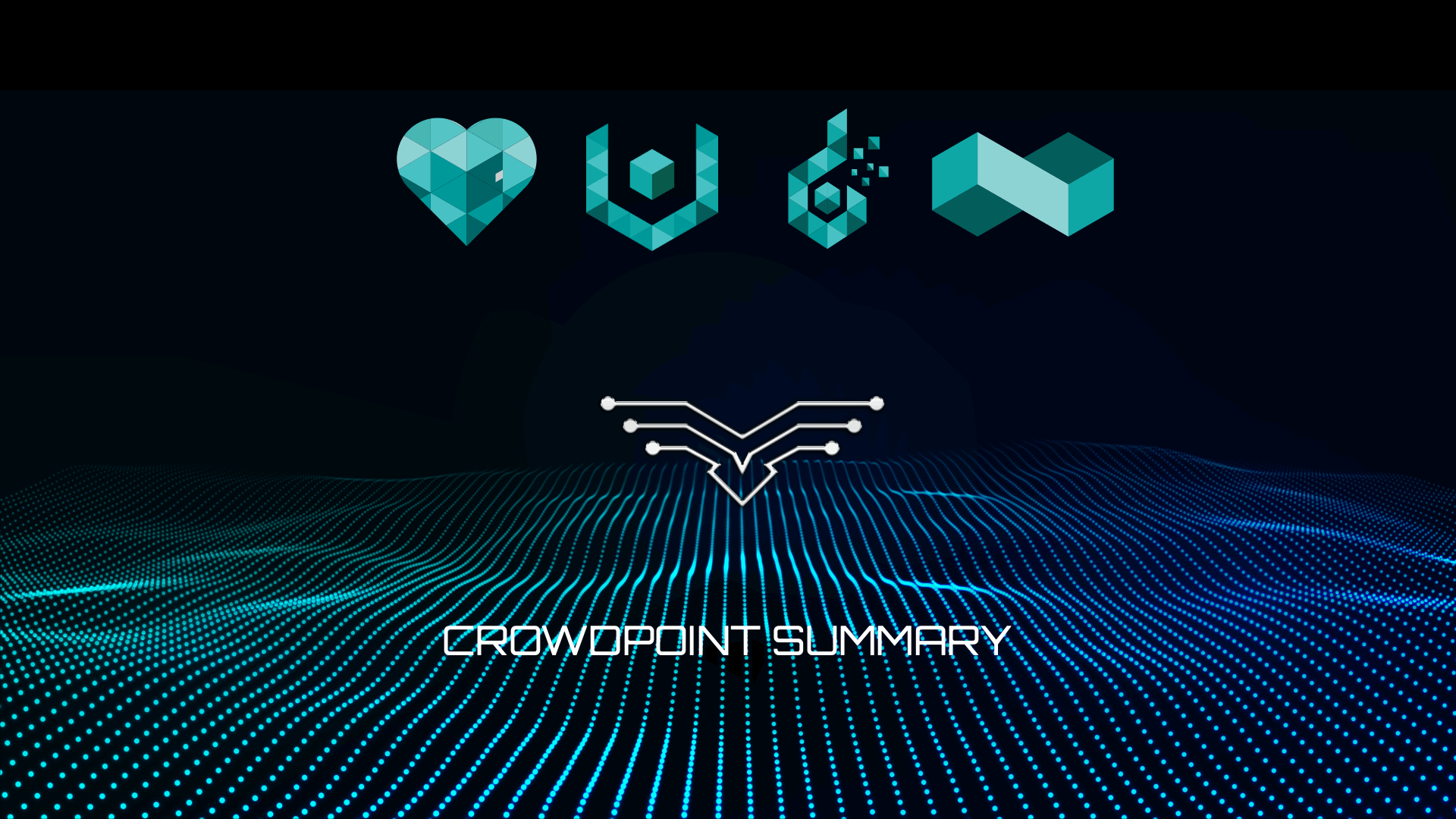Digital Supply Chain Platforms – Extending Information, Intelligence and Business Automation to Drive Value

The drive to compete in the Digital Economy has accelerated organizations from strategy development to investing in project deployments in the last couple of years. Areas of investment run the gamut, but a large share are focused on digitizing global supply chains. Projects are being enabled by new digital technology platforms (not unlike Uber, Netflix, etc.) that streamline information, processes, machines, and human assets across value chain ecosystems – accelerating cycle time, service, cost, and working capital performance.
Digital Supply Chain Platform Mechanics – What is under the hood?
Under the hood of a next generation digital platform is a real-time big data and advanced analytics engine. These powerful engines seamlessly ingest big data and apply artificial intelligence and machine learning to visualize and predict behavior, mitigate disruptions, and optimize efficiency, speed and agility of end-to-end supply networks. Following is a summary of core components:
1). Data Cleansing, Healing and Application Integration (APIs) – ingest, cleanse, heal, curate, normalize, and harmonize structured and unstructured data from enterprise, ecosystem, and external business applications and IoT devices.
2). Global Logistics and Supply Chain Behavior and Flow – view, measure and predict behavior across multiple modes and nodes of your supply chain. Monitor variances to proactively solve problems – mitigate disruptions and risk, warn customers of early or late shipments, reroute/plan supply lanes, sources and labor requirements, and better plan and allocate inventory.
3). Advanced Analytics and Insights – apply artificial intelligence and machine learning algorithms on top of real-time data sets to identify and act on behavior outside planning and execution tolerance thresholds. Rapidly design and deploy new algorithms/insights to enable cross functional groups (i.e. planners, transportation, finance, procurement, customer operations) to drive continuous improvement objectives.
4). Control Tower Performance Management – customize the control tower dashboard interface to align with how you manage your operations. Dashboard functions allow you to visualize performance, collaborate across functions, manage workflows and resolve issues through control tower dashboard functions.
Digital Platforms Solve the Difficult Data and Application Harmonization Problem
A prerequisite to best-in-class digital supply chain projects is the need to clean data collected from multiple integration points and disparate application systems across the supply network. Supply chain partners want to move quickly but are hamstrung by current data and technology stacks. Many organizations maintain multiple ERPs and supply chain planning and execution systems that are difficult to harmonize internally, let alone integrate with ecosystem partners and external data and application sources.
Digital Platforms are purpose built with sophisticated streaming and database technologies relieving customers of the heavy lifting – ingesting, cleansing, and normalizing structured and unstructured data sets (EDI, API, GPS, GSM, Flat File, Radar, etc.) sourced from a myriad of enterprise, ecosystem, and external data and applications sources. In summary these platforms allow you to quickly “clean house” freeing you to digitize end-to-end processes, create visibility and predictive insights to optimize global value chain performance.
Digital Platforms Require Behavior Analytics to Drive Value
Supply chain professionals readily recognize the value of real-time visibility, but most do not understand the implications—or value—of behavior models. Just having visibility isn’t enough. You need to continuously learn and understand behavior end-to-end (between and within nodes) to fully optimize your operations. Digital Platforms offer the flexibility to add both new learning models and new live structured and unstructured global data sources on a continuous basis – enabling global behavior machine learning methods and processes that drive value for global supply chains.





